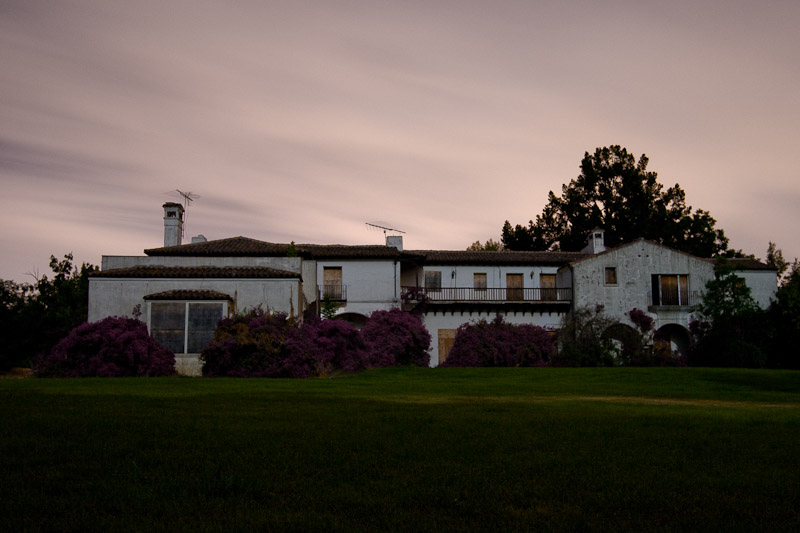HISTORY
In 1925, famed architect George Washington Smith, famous for his Spanish Colonial Revival Style in Santa Barbara, designed and built a 14 room, 17,000 sq foot mansion for copper-mining baron Daniel Jackling in Woodside, California.
Jackling was born in 1869 and educated in mining and metallurgy at The Missouri School of Mines. He became known for his revolutionary methods regarding the processing of low-grade copper ores and the establishment of the Utah Mining Company in 1903. He went on to become a very successful executive with hands in a number of Western Copper companies. In fact, it has been said that 60% of the world's copper production was a direct effect of Jackling's development of his ore processing.
During the second World War, Jackling was honored for his outstanding wartime efforts, for serving as director of government explosive plants, and was awarded the Distinguished Service Medal by President Woodrow Wilson. He was also honored by the Western Society of Engineers with the Washington Award for "pioneering in large-scale mining and treatment of low-grade copper ores, releasing vast resources from formerly worthless deposits."
In 1956, at age 87, Jackling died in his Woodside home and after Mrs. Jackling's death in 1957, the property was subdivided and the Jackling's wealth was given to various organizations and charities, including Stanford University.
In the 1960's daughter of Bank of America's A.P. Giannini, Claire Giannini Hoffman, bought the parcel of land that contained the Champagne Paddocks, the estate's stables. In 1962, when Bing Crosby visited the property for a GOP fundraiser, he admitted to loving the house so much he wanted to buy it. Bill & Hilary Clinton also paid a number of visits to the house.
Apple CEO Steve Jobs purchased the house in 1984 and took residence for 10 years. In 2001, he petitioned to demolish the house and outbuildings. Tearing down a George Washington Smith house is neraly unheard of in Santa Barbara, where he constructed most of his work, and it wasn't understood in San Francisco either.
In 2004, Jobs finally received permission to tear the house down, but he received strong opposition from local preservationists; the "Upload Our Heritage" (UOH) Group. This battle went on for years and in 2006, he was told he could not demolish the house. Again in 2008 he submitted a request for demolition. Finally in Apri 2010, Jobs was given final permission to rid the property of the house.
Demolition on the house began on Monday, February 14th.
RECENT PHOTOS








